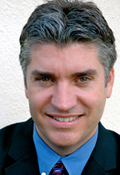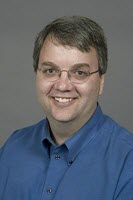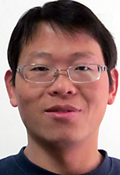Many books have been written, documentaries and movies made on the famous Teigin Case.
It was a murder and robbery case in 1948, where a man disguised as a Government health worker entered a Teikoku Bank (“Teigin“) branch and told the employees that there was a sudden outbreak of dysentery and the US occupation forces ordered to drink medicine. The “medicine” given by the man was in fact poison. The workers obeyed and 12 people were killed. The man fled with cash and checks from the bank.
The investigators believed that the poison used in the murder was a rare poison, obtained by few people, such as those working for a secret Unit 731 of the Japanese army during the WWII, which is said to have conducted experiments on human beings.
However, the police arrested Sadamichi Hirasawa, then a famous painter. Hirasawa was sentenced to death in 1950 by the trial court. He died while on death row in 1987 at the age of 95.
Read about the ongoing efforts to exonerate Hirasawa here.
Excerpt:
TOKYO (Kyodo) — When a death row inmate convicted of a 1948 mass murder died of natural causes 25 years ago, most people believed the “Teigin Incident” had left unanswered questions that would now never be solved.
However, a group of lawyers and experts in pharmacy and psychology are still struggling to unearth the truth behind the most notorious mass-poisoning case in postwar Japan and exonerate Sadamichi Hirasawa, who passed away on May 10, 1987, at a prison hospital in Tokyo at the age of 95.
“We will complete presenting new evidence by the end of next year to reopen the case,” said Nobuyoshi Araki, one of the lawyers involved in the petition for a posthumous retrial of Hirasawa, who was a painter.
The 19th petition was filed with the Tokyo High Court by Hirasawa’s adopted son, Takehiko, on May 10, 1989, the second anniversary of his death. The first had been filed in 1955 and rejected the next year.
One of the focuses in the petition is on the poison used to kill the 12 victims ……While the courts determined the murderer used potassium cyanide, Hiroyoshi Endo, former dean of the pharmacology department at Teikyo University, said, “I can’t specify what the poison was, but as a scientist, I can say it was not potassium cyanide.”
The victims would have suffered immediate effects from potassium cyanide, but a certain amount of time passed before they died, indicating the poison had a delayed effect, he said.
Endo told a public gathering held on May 10 this year in Tokyo to commemorate the anniversary of Hirasawa’s death that such a poison with delayed effects “could not have been used by a painter, who had little chemical knowledge.”
“Thus, I strongly believe it was impossible that Mr. Hirasawa was involved in the Teigin Incident,” he said…….
Meanwhile, psychologists are working to determine if eyewitnesses’ testimonies identifying Hirasawa as the murderer and his confessions during questioning are credible by reviewing investigation and court records.
“We have carried out a series of experiments to examine if people could identify the same person after an interval of several months, and confirmed that their memories are rather precarious,” Yukio Itsukushima, psychology professor at Nihon University, told the Tokyo gathering.
Itsukushima, who tested people’s ability to pick out people after such an interval in lineups such as the one police used for Hirasawa, also said witnesses tended to be influenced by external factors such as what other witnesses said.
Hirasawa, who was arrested in August 1948, eventually confessed to the crime, but he retracted his confession later and pleaded not guilty in court.
The psychologists also said they are examining how Hirasawa was forced to make a confession at a time when investigators relied on confessions by suspects rather than on objective evidence……
Hirasawa’s death penalty was finalized in 1955, and he spent 32 years on death row, during which time more than 30 justice ministers refused to sign an execution order.
His adopted son, Takehiko, 53, said at the May 10 gathering, “It has been a long struggle (for exoneration), but I want to continue it to reach our aim.”
A website dedicated to the Teigin Case can be found here (in Japanese).



















Pingback: False Confessions as Major Cause of Wrongful Convictions in Japan | Wrongful Convictions Blog